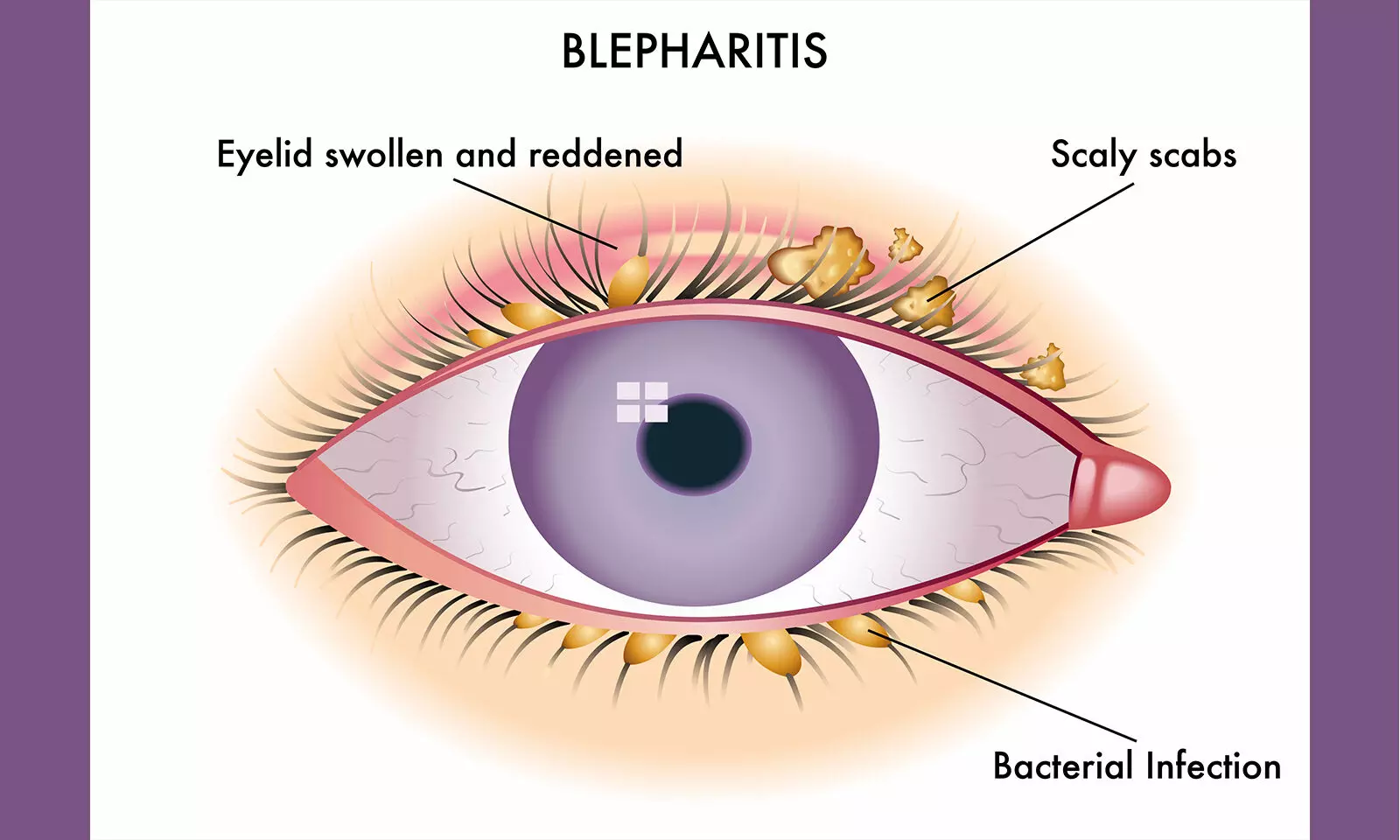Blepharitis associated with increased prevalence of lower eyelid ectropion: Study

A recent retrospective study published in the Seminars in Ophthalmology highlighted a notable association between blepharitis and lower eyelid ectropion. The findings analyzed over 35,000 patients from a medical screening center which spanned over 19 years to provide crucial insights for early diagnosis and management of these conditions, especially in older adults.
Blepharitis is an inflammation of the eyelid, affects around 13.2% of adults, while ectropion which is characterized by the outward turning of the lower eyelid, is rarer at just 0.2%. Despite the relatively low prevalence of ectropion, this study emphasized its increased occurrence in patients already diagnosed with blepharitis.
Of the 35,670 patients included in the analysis, 69 were diagnosed with ectropion, while 4,725 were diagnosed with blepharitis. The outcomes found that the prevalence of ectropion was significantly higher (0.8%) among patients with blepharitis when compared to just 0.1% in the group without.
The study also highlighted important demographic patterns. Both conditions were more common in men (88.4% for ectropion and 85% for blepharitis), with age being a critical factor. Ectropion patients had a mean age of 77.3 years and were much older than the average (52.2 years) of general screened population. Also, blepharitis patients had a mean age of 60.5 years.
The co-occurrence of these conditions, particularly in older male patients, offered vital clues for clinical decision-making. Physicians may need to consider early surgical intervention for ectropion in patients with persistent blepharitis to prevent complications such as ocular surface exposure, chronic inflammation, and excessive tearing (epiphora).
In addition, recognizing blepharitis as a precursor or contributing factor to ectropion illuminates the importance of managing eyelid inflammation through medical treatments. Early intervention for blepharitis may help reduce the progression to ectropion and its associated complications. Overall, this extensive study brings out the intricate relationship between blepharitis and ectropion by reinforcing the need for a proactive approach in managing both conditions.
Source:
Smadar, L., Kapelushnik, N., Ben-Simon, G. J., Segev, S., Soudry, S., Abd-Elkader, A., & Landau Prat, D. (2025). The association between blepharitis and lower eyelid ectropion in a large cohort of patients. Seminars in Ophthalmology, 1–5. https://doi.org/10.1080/08820538.2025.2459311
